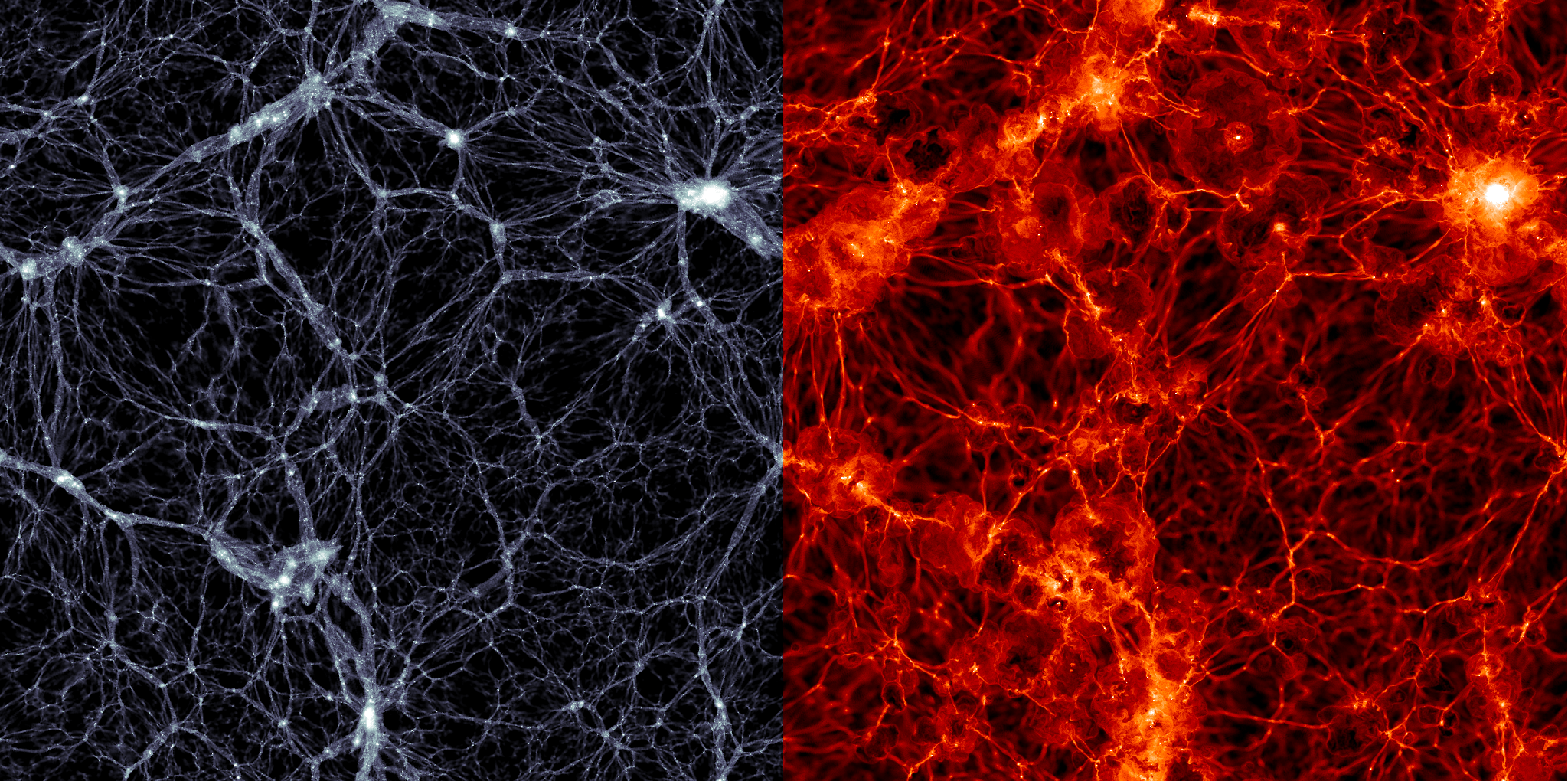Scientists at the Department of Energy’s Argonne National Laboratory have created the largest astrophysical simulation of the Universe ever. They used what was until recently the world’s most powerful supercomputer to simulate the Universe at an unprecedented scale. The simulation’s size corresponds to the largest surveys conducted by powerful telescopes and observatories.
Continue reading “A Superfast Supercomputer Creates the Biggest Simulation of the Universe Yet”A Superfast Supercomputer Creates the Biggest Simulation of the Universe Yet


